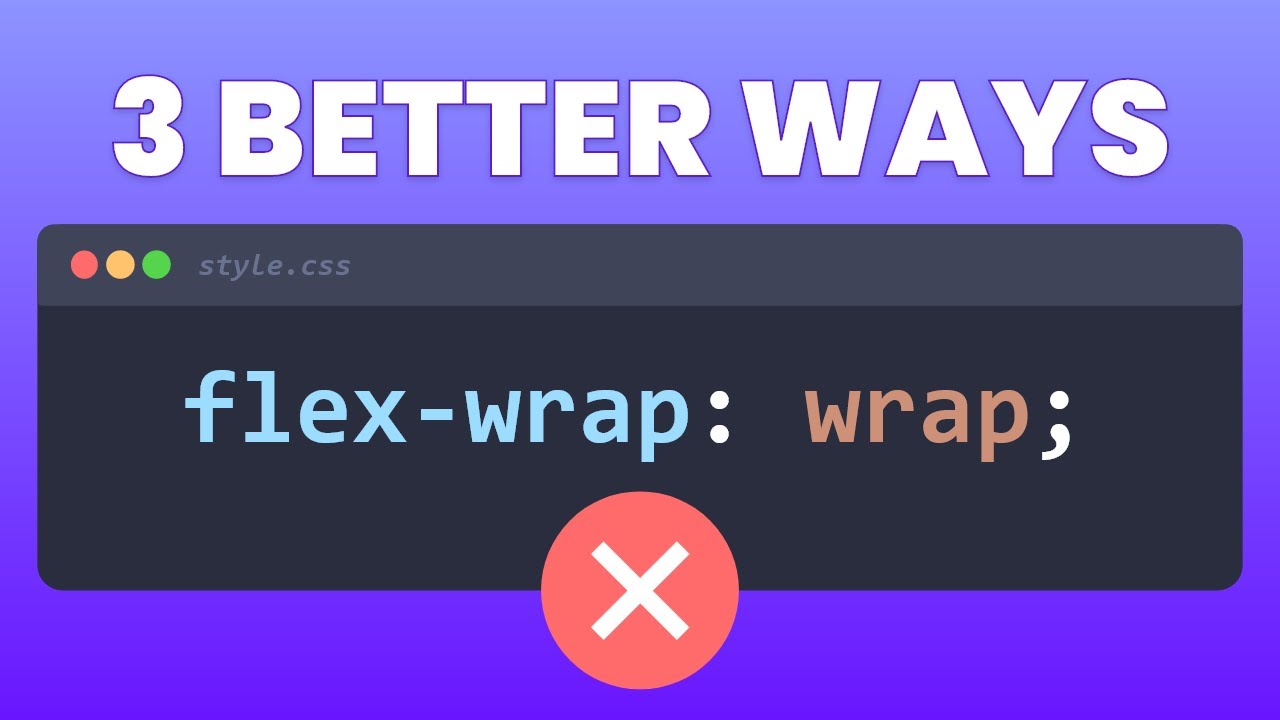Revolutionizing Web Design with New CSS Features

Revolutionizing Web Design with New CSS Features

As a developer, you might often find yourself grappling with the complexities of CSS, especially when dealing with legacy code. Fortunately, CSS has undergone a significant update that not only enhances its functionality but also introduces a stunning new logo in Rebecca Purple — a color steeped in meaning. This blog will explore seven groundbreaking features of CSS that can elevate your web development game, making your coding experience smoother and more efficient.

The New Logo: A Symbol of Change
Before diving into the features, let’s talk about the new logo. The color Rebecca Purple is not just a design choice; it carries a poignant backstory. Named after Rebecca Meyer, the daughter of CSS pioneer Eric Meyer, this color serves as a reminder of the impact of CSS on web design and its evolution over the years. The new logo signifies a fresh start for CSS, encouraging developers to embrace its modern capabilities.
1. Aligned Content Property
One of the most exciting new features is the aligned content property. This property simplifies the process of centering elements without the need for flexbox or grid. It works seamlessly in any block layer, making it incredibly easy to use. Gone are the days of wrestling with complicated hacks to achieve the perfect layout.

2. Property At Rule
Next up is the property at rule, which is part of CSS Houdini. This feature allows you to define a variable in CSS with a specific type, such as number, color, or percentage. This is a game changer for animations, as it ensures that the browser interprets the value correctly, allowing for smoother transitions and more dynamic effects.

3. Starting Style
The starting style rule is another powerful addition. It enables developers to set a style for an element when it first appears on the page. This is particularly useful for elements that use display: none. Now, you can define an initial position for animations, ensuring a smoother user experience when elements are revealed.

4. Enhanced Math Functions
CSS now includes advanced math functions like round, rem, and mod. These functions allow developers to perform calculations directly in CSS, including rounding strategies such as floor, ceiling, and trunk. This feature enhances the ability to create responsive designs that adapt seamlessly to different screen sizes.

5. Light and Dark Mode Simplification
Managing styles for light and dark modes has always been a challenge, but the new light dark feature simplifies this process. With this, developers can write styles side by side for both modes, making it easy to create a cohesive design that automatically adapts to user preferences.

6. User Valid and User Invalid Pseudo Classes
Form validation just got a lot more user-friendly with the introduction of user valid and user invalid pseudo classes. These classes only trigger after a user has interacted with the form, preventing premature error messages and enhancing the overall user experience. This small change can make a big difference in how users perceive your forms.

7. Interpolate Size Property
Finally, the interpolate size property allows developers to animate properties that don’t have a fixed size, like dropdown menus. This feature makes it possible to animate height changes smoothly, enhancing the interactivity of your UI without the need for hacks or workarounds.

Conclusion: A Bright Future for CSS
These new features represent a significant leap forward for CSS, making it easier and more intuitive for developers to create beautiful, functional web applications. The addition of the Rebecca Purple logo serves as a reminder of the community’s resilience and creativity in the face of challenges. With these tools at your disposal, the future of web development looks brighter than ever.
As we continue to explore the depths of CSS, remember: each update brings us closer to a more seamless and enjoyable coding experience. Embrace these changes and let your creativity shine!




